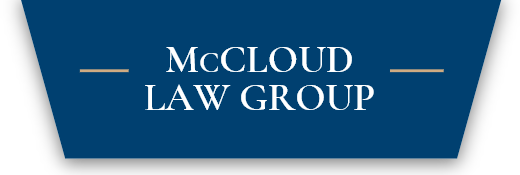1680.jpg)
What Property Is Safe from Sale in Chapter 7 and Chapter 13 Bankruptcy?
Bankruptcy is perhaps the most effective way to eliminate unmanageable debt. It is a highly structured, entirely legal process that has helped millions of individuals and families emerge from the frustrating, demoralizing and expensive path of minimum payments and impossibly high interest rates. Yet, numerous families who could eliminate debt and get back on their financial feet choose not to file. Why?
A common deterrent to filing for bankruptcy is confusion and misinformation regarding the sale of property during the bankruptcy process. This is unfortunate because bankruptcy laws are devised specifically to protect certain property types from sale during bankruptcy. In fact, those who file under Chapter 13 bankruptcy, assuming they qualify, experience no loss of property at any point during the bankruptcy process. Instead, under Chapter 13 bankruptcy, filers simply restructure their debt payments under court order and remaining debt is discharged at the end of the debt repayment plan.
Chapter 7 bankruptcy involves the sale of certain property, including second homes, “extra” vehicles and other property that can be sold to pay off outstanding debt. Many types of property, though, are protected from sale during the Chapter 7 bankruptcy process. These are different from state to state, but can include, to varying degrees, the following:
- A primary home, i.e. a “homestead”. A primary home can be a single family home, a mobile home, a boat, a condominium, a townhouse or other form of home
- A vehicle or vehicles
- Personal property such as clothing, furniture and appliances
- Jewelry, art and heirlooms to a varying level of value
- Income and financial assets from Social Security and from personal injury and wrongful death actions up to varying levels
- Tools of a trade, such as equipment, materials, uniforms, books, tools, furnishings and a motor vehicle
- Various property such as building materials, health aids, a burial plot, books and animals
- Numerous forms of pensions as well as public and private retirement benefits
Additional property can often be deemed exempt during the bankruptcy process as the filer works with the bankruptcy court.
Chapter 7 offers numerous advantages in the pursuit of eliminating unmanageable debt. When nonexempt property is sold, the proceeds aren’t forfeited by the bankruptcy filer. Instead, they are used to reduce the filer’s debt. And importantly, many types of debt that remain unpaid after nonexempt property is sold is discharged, or “forgiven”. Types of dischargeable debt can include:
- credit card debt
- debt owed directly to retailers
- health care debt
- unpaid utility bills
- debts due to lawsuits
- rental and lease debt, and
- deficiencies remaining after the repossession of a car or the foreclosure of a house.
While filers are not able to discharge income tax debt less than 3 years old, child support debt, student loan debt and criminal fines debt, many other forms of debt are dischargeable.
Bankruptcy options are best explored with the help of a knowledgeable bankruptcy attorney. A bankruptcy attorney can answer your questions and provide a recommended course of action based on the specifics of your unique debt challenges.
